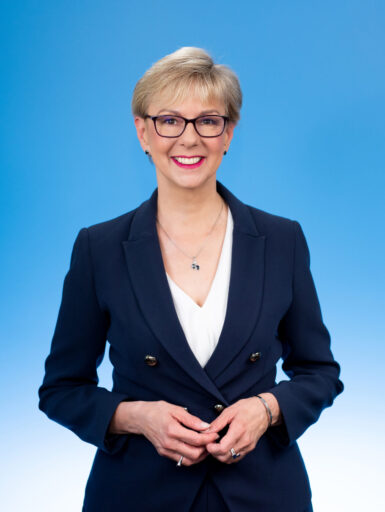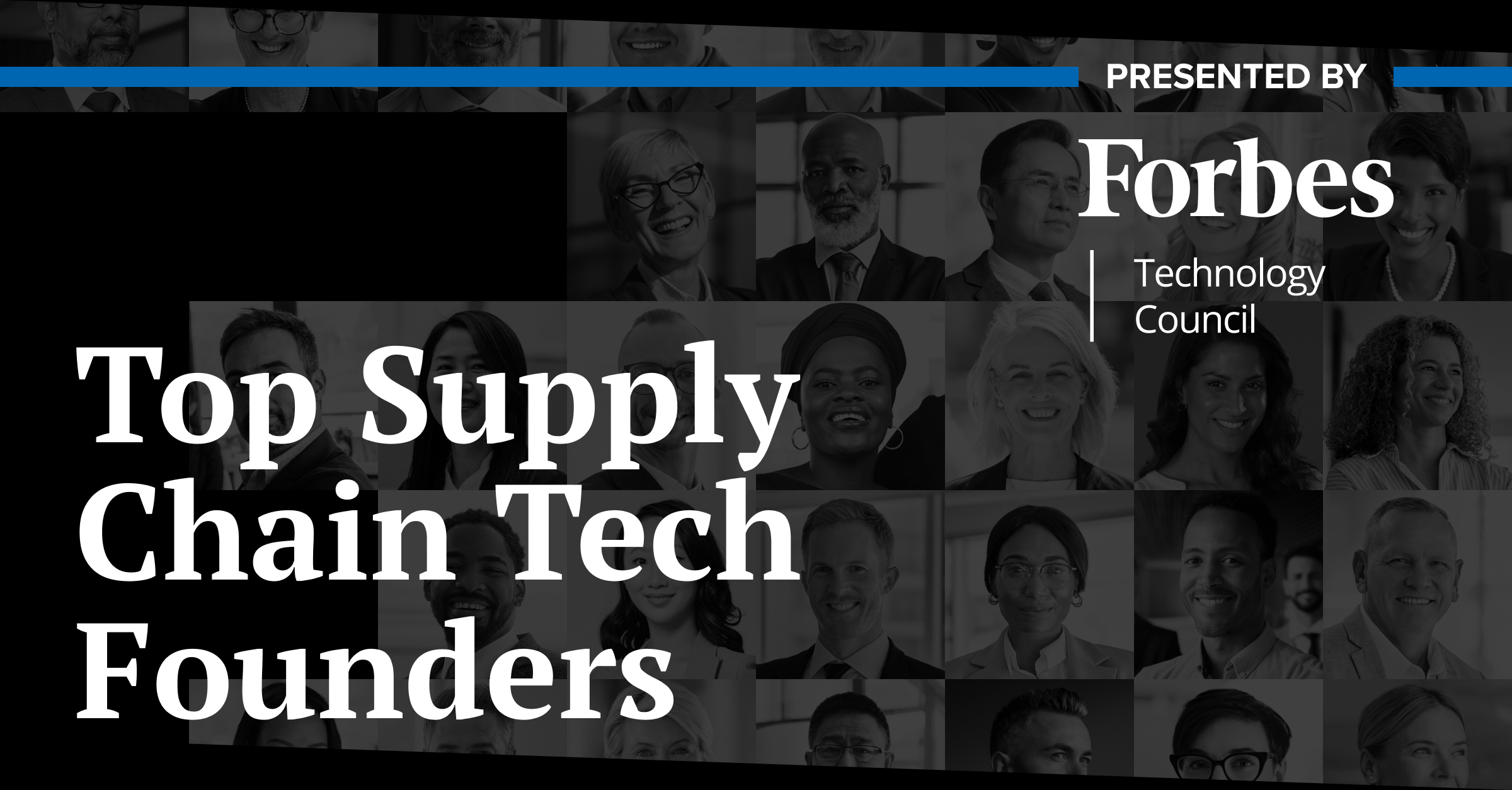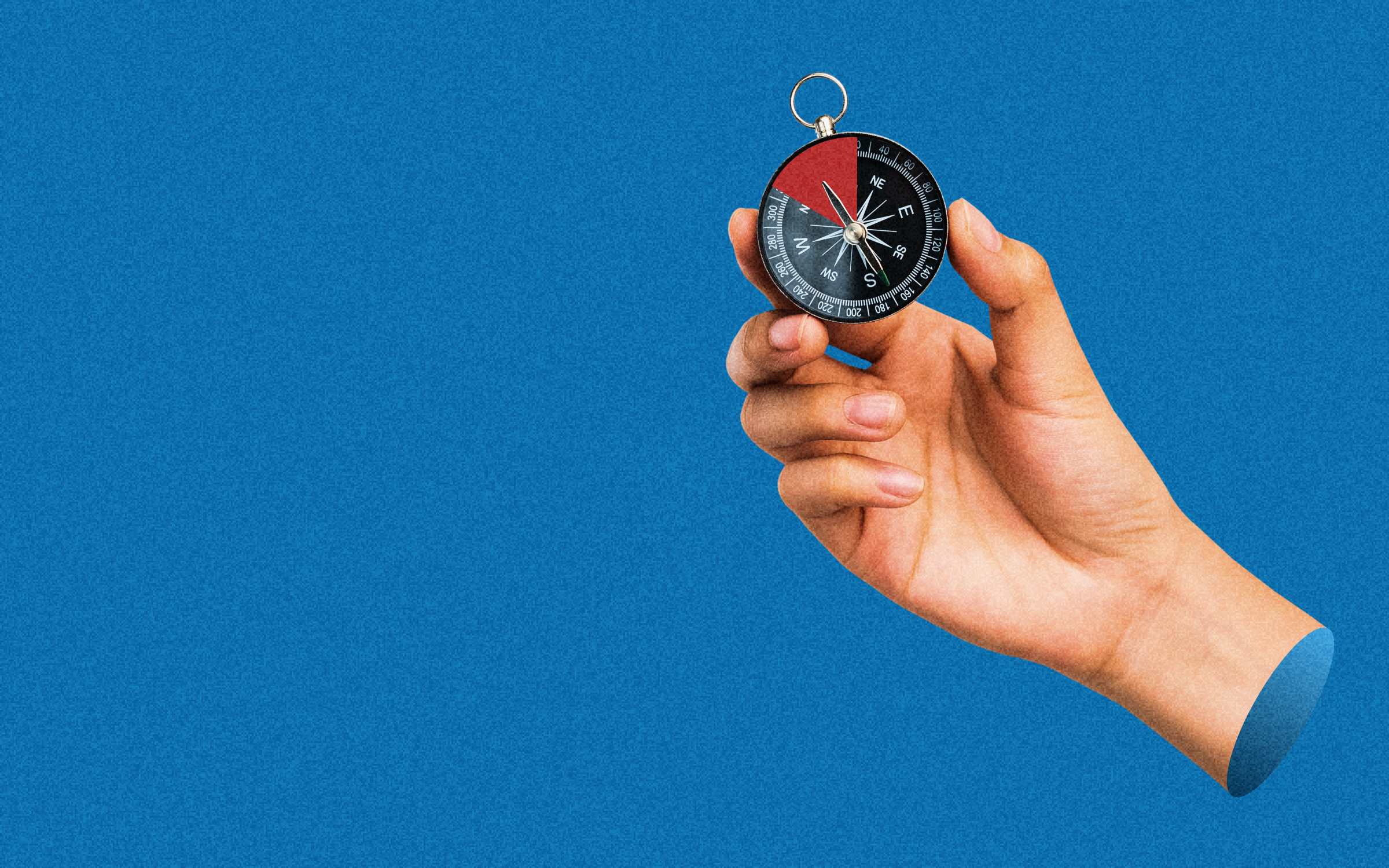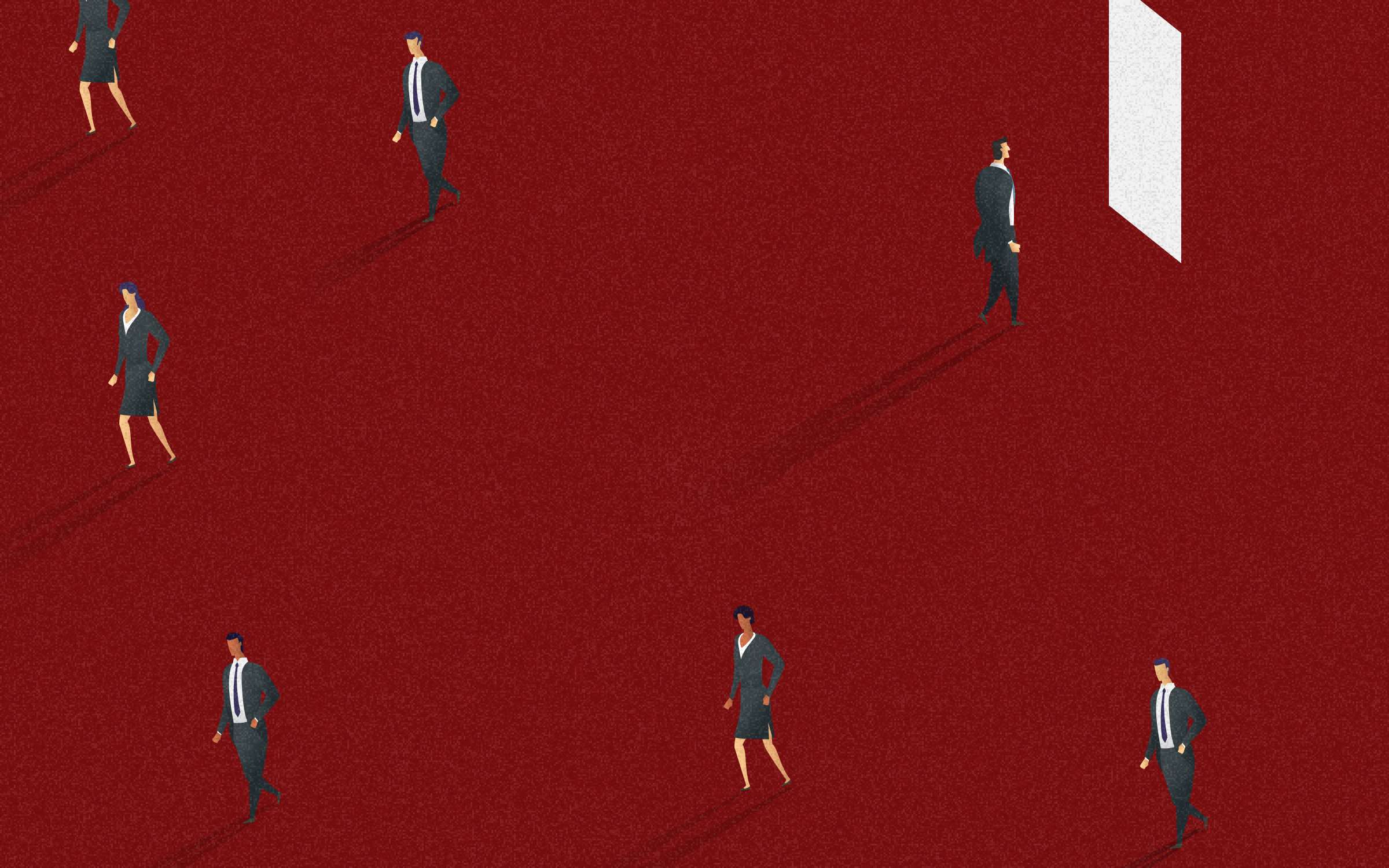Since the start of the pandemic, many of us have often asked, “What is time?” (Or was that just me?) The spring of 2020 triggered the so-called Great Pause. But in many ways, the work world was hurled into the future, forced forward fast into remote teams and virtual everything. “COVID didn’t really create new trends,” says future-of-work expert Kim Seeling Smith, founder and CEO of human resources training and consulting firm Ignite Global. “It brought forward trends that we had been seeing for decades.”
One is what she calls “the rise of the empowered workforce,” which prior to the pandemic had been driven mainly by the aging population and the huge baby boomer generation retiring. “We have fewer people than roles to fill them,” she explains. “At the same time, the roles that they’re filling are changing rapidly. So what’s happened as a result of that is the balance of power has shifted.”
For executives and team leaders, that means heated competition for top talent. And while that’s nothing new — Seeling Smith notes that McKinsey first published “The War for Talent” in 1997 — the landscape has gotten more challenging sooner than expected. In terms of the skills shortage, research she’s seen indicates that the current gap was not previously projected to happen until 2025.
But there are ways companies can work on closing the skills gap and get ready for the future today. Read on for more edited excerpts from our exclusive interview.
Senior Executive Media: How can companies upskill their workforce, or their leadership teams specifically, to help with the skills gap?
Kim Seeling Smith: So many organizations get stuck in quarterly results. They may put together a one-year strategic plan, maybe a five-year strategic plan. I think one of the shifts that we’re seeing is that we need to think more longer-term… [but] there’s so much disruption, how can we think longer-term?…
I have a model called “The 8 Step Roadmap to a Future Fit Organization.” One of the eight steps is what I call agile decisiveness. We have to plan for the future. We have to make decisions. Sometimes those decisions will be made with not enough information or too much information, some of which is conflicting, but we have to decide. And then as information comes to light, we can pivot. But it’s incredibly important to bring people along on the journey…
We are long since past the day that if our roles changed, we can…lay people off that no longer have the skills to do the job that we need them to do, and hire new people. We just can’t do that anymore. We have to have the ones that we have. We have to bring them on the journey as well.
So I was just talking to a large global software company about their talent acquisition. And they’re really struggling to fill roles, as [are] most companies. And what I was talking to them about is lessening the importance that they place on skills and experience, and understanding what competencies are innate abilities, including resilience and the ability to learn — that constant growth mindset. In fact, the World Economic Forum says that ability to learn and having a learning strategy is the second of the future skills that they’re recommending people develop by 2025… As senior leaders, we need to figure out how to decrease the importance that we place on skills and experience, and open up our blinkers and look for people that have the foundations, that have those innate abilities, those competencies, those strengths, on which we can build skills. And especially look for people that have the ability to change and to grow over time. So that’s a combination of resilience and that growth mindset.
What were some of the challenges they were encountering with talent acquisition… in terms of finding people with that growth mindset? How did you help them overcome that challenge?
Seeling Smith: The practical execution of these things is not difficult. One of my clients said, “One of the things that you do really well is break down complex concepts into very, you know, manageable chunks.”
I was like, “I do kind of like to do that.” So the manageable chunks, the practical skills, the different ways of doing things. That’s the easy part.
The difficult part is getting senior leaders to recognize that the world has changed. We are not going back to the pre-pandemic workforce. The rules of work are being rewritten on a daily basis. The world has changed. So getting them to identify that.
In this particular example, one of the things that they’re really struggling with — let’s say that there is a division in Germany that’s looking for a specific type of software program. They’re looking for an engineer to develop code using a specific methodology. Let’s say this methodology, and I can’t use specific examples, but let’s say that this methodology is one that is in high demand and short supply with people who understand it. Getting them to think differently about that. OK, if we cannot find — you know, to use an analogy — if we cannot find pink unicorns with blue hooves, how can we find yellow unicorns with blue hooves that we can train to do the pink stuff? And this — that’s a really dumbed down analogy — this is what we have to do. I call it role deconstruction. How are we going to fill these roles with the people with that right mindset?
So this is a matter of the talent acquisition team actually getting through to the senior leaders, getting through to all hiring managers, and telling them, “What you’re looking for does not exist. I am not being lazy. I am…using all of the sourcing strategies that we have. What you’re looking for does not exist. So you’ve got two choices: leave it unfilled, or think differently about how you can fill this role with other other types of skills that you can then retrain into the software technology that you need…
Laminex is a client of mine. They were having trouble filling people primarily in truck driver roles, in customer service roles, and in roles working in their distribution center… They decided to target health care workers who were burned out because of the pandemic, hospitality workers who had been laid off because of the pandemic again, and hospitality workers that were wanting to get off their feet… So what they did is, they said, “Alright, what are the functions that would have those innate abilities, that would have that innate customer service sense, that we could train them on that? Where do they live? Health care, hospitality, and…people getting out of the military.”
They created social media campaigns, and they started hiring people based on referrals to get a few people in the door. And then they interviewed them about, what’s your story? “My story is that I was working as a nurse, and I was just exhausted because of the pandemic. I was looking for something new. I found Laminex.”
…So it’s using the modern technology and storytelling to produce a broader campaign to attract more people, and it’s working really, really well.
How are they measuring how it’s working? What are the metrics?
Seeling Smith: They measure quality of hire… Tenure is part of that. They measure time to fill, which has gone way down… In Australia…there’s a six-month probationary period, so the percentage of people who pass the probationary period. And then overall employee engagement scores…
They made a decision in May of 2020, just shortly after the pandemic hit, to offer work-from-anywhere full-time from now until the cows come home for their 350 head office employees. So they shut down their head office. And since that time, they’ve been doing innovative things and really working on some of these future concepts to solve the perceived challenges around collaboration, innovation, employee engagement, productivity, all of those measures. And I just saw the stats… all of those measures have gone up. Their employee engagement scores have gone significantly up. And they have achieved number 10 in the Great Places to Work list that we do in Australia… for the second year running. Five years ago, this was an old-school, stodgy manufacturing company that didn’t have very good employee engagement and had had a lot of problems with toxicity, a bullying environment. [They] completely changed that around in five years by really being on the forefront of thinking through what’s happening with these workforce trends.
“As senior leaders, we need to figure out how to decrease the importance that we place on skills and experience…and look for people that have the foundations… on which we can build skills.”
That’s a really interesting approach to talent acquisition. Are they able to apply any of that strategy to talent retention or upskilling programs like you’d mentioned before?
Seeling Smith: Oh my gosh, yes. They’re working on two things right now: upskilling their workforce and providing them with future skills. A couple of my clients actually, mostly in Australia, are really concentrating on future skills — identifying what future skills are needed for their organization, identifying the people who have the interest, the strengths, and abilities, and upskilling them. Laminex was… I want to say four years ago, they started offering — they’ve got now 600 — online courses that people can avail themselves to just really depending on their own career aspirations and their own interests. In addition to which… they’re putting together training programs to help people move through career opportunities.
There’s another client of mine — Origin Energy, which is a large utility company in Australia — that is at the very forefront of this. So they have just released their new five-year strategic plan. They’re moving from coal-based power plants into sustainable energy. So it’s a huge shift for them. And in doing that… they’re looking very critically at what skills are people [going to] need in the future. They are at the very beginning of identifying future skills, and identifying people that have the abilities to learn these future skills.
They brought me in to talk to the employee base, to talk about how important it is for employees, for individuals to proactively manage their careers, and to keep themselves future-fit for the future workforce. So we have to work on both levels — from the leadership perspective, but also from the individual perspective… Giving the appropriate training, offering the training that they need to upskill themselves into the future roles, and having them recognize that they need to take an active part in that process.
Can you tell me more about how that relationship between employers and employees is shifting?
Seeling Smith: I think this is the biggest shift. And it dawned on me when I was hosting an executive roundtable for a group of senior leaders. They spent probably 10 minutes asking the question around hybrid work: “What’s the right answer? Should we require them to come in two days a week or three?” And my friend… was on that roundtable. And she texted me, “They’re asking the wrong questions.”
…Instead of asking, “What should we require?” why don’t we ask, “What does work look like? What does our work look like? And what pieces of the work need to be done in the office with other people? What pieces of that work can be done from anywhere on Zoom with other people? And what pieces of work should be done by yourself?”
…And it dawned on me after having several conversations similar to this, that the number one paradigm shift is the fact that we’re not involving the people. We hopefully are hiring good people with innovative, strategic, creative minds that can help us solve these problems. And we’re saying to them, “No, no, you’re just a lowly employee. We don’t want to involve you in this.”
It comes down to the fact that, for centuries, the relationship between organization and individual, or between leader and individual, has been parent-child. If we redefine that relationship… if we assume that the adults that we’re hiring want to come to work to add value, if we give them the support and the training that they need to do that, and then just let them go, let them shine, they we will achieve greater results, because we’ve got everybody working in concert, and hopefully working in the areas of their specialization, the areas that they’re really good at…
Circling back to the pandemic…
Seeling Smith: Yes. COVID did not create anything new. It just accelerated and amplified it. It’s like a domino effect, you know? Working from home changed where, when, and how we worked… That change was real… What it did is, it ushered in this [sense of] what else can we rethink? And this has come not from leaders. For the most part, this has come from individuals — the rise of the empowered workforce, individuals saying, “You know what? I think that I want to spend part of my year in Italy. Why can’t I work from Italy?…”
Organizations that can think through the future of our market, and marry that with the future of the workforce, and really bring them together into a synergistic relationship. These are the companies that are going to thrive, because I truly believe that we’re going to see some companies fall over between now and the end of the decade, because they’re not willing to embrace the new ways of working.







